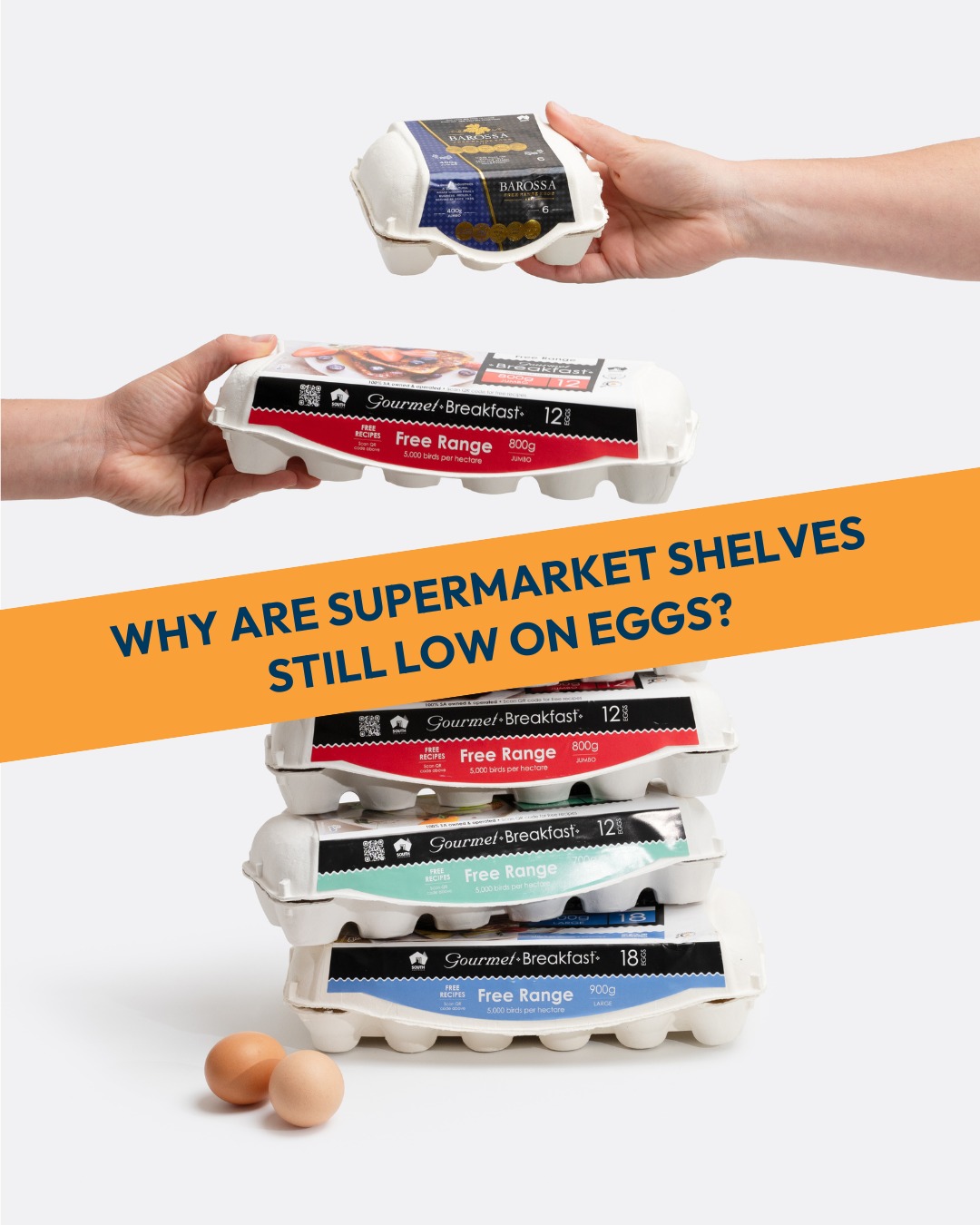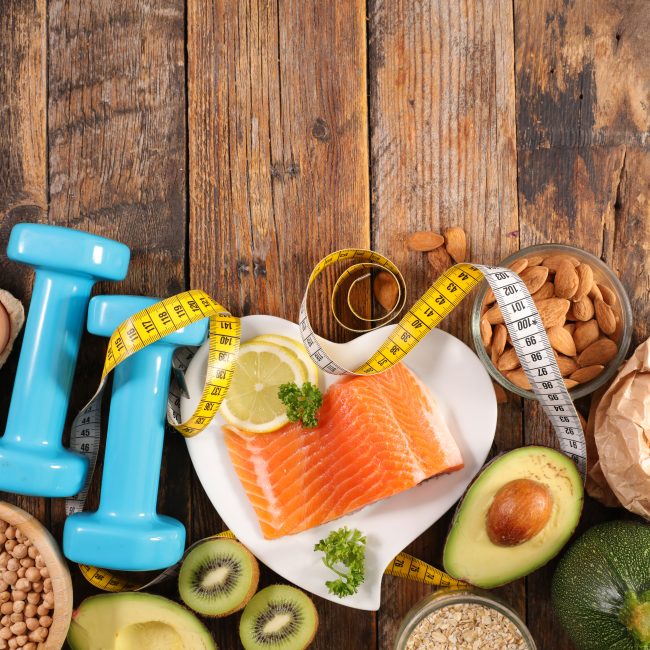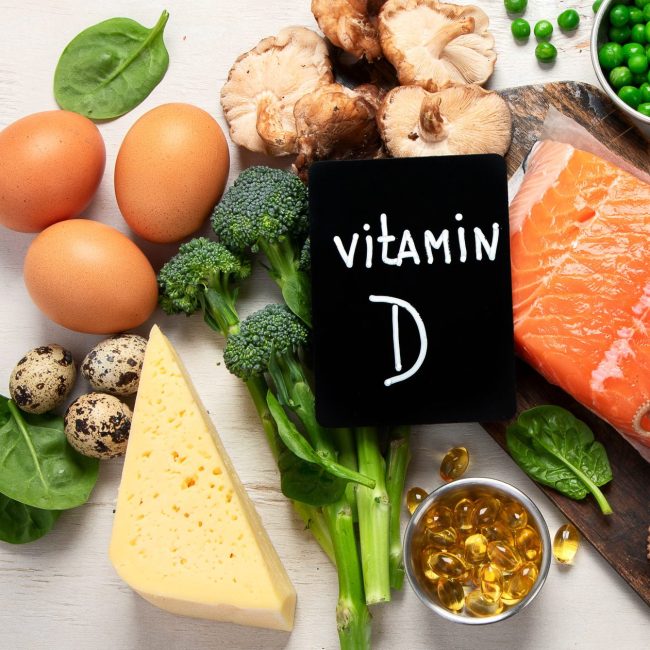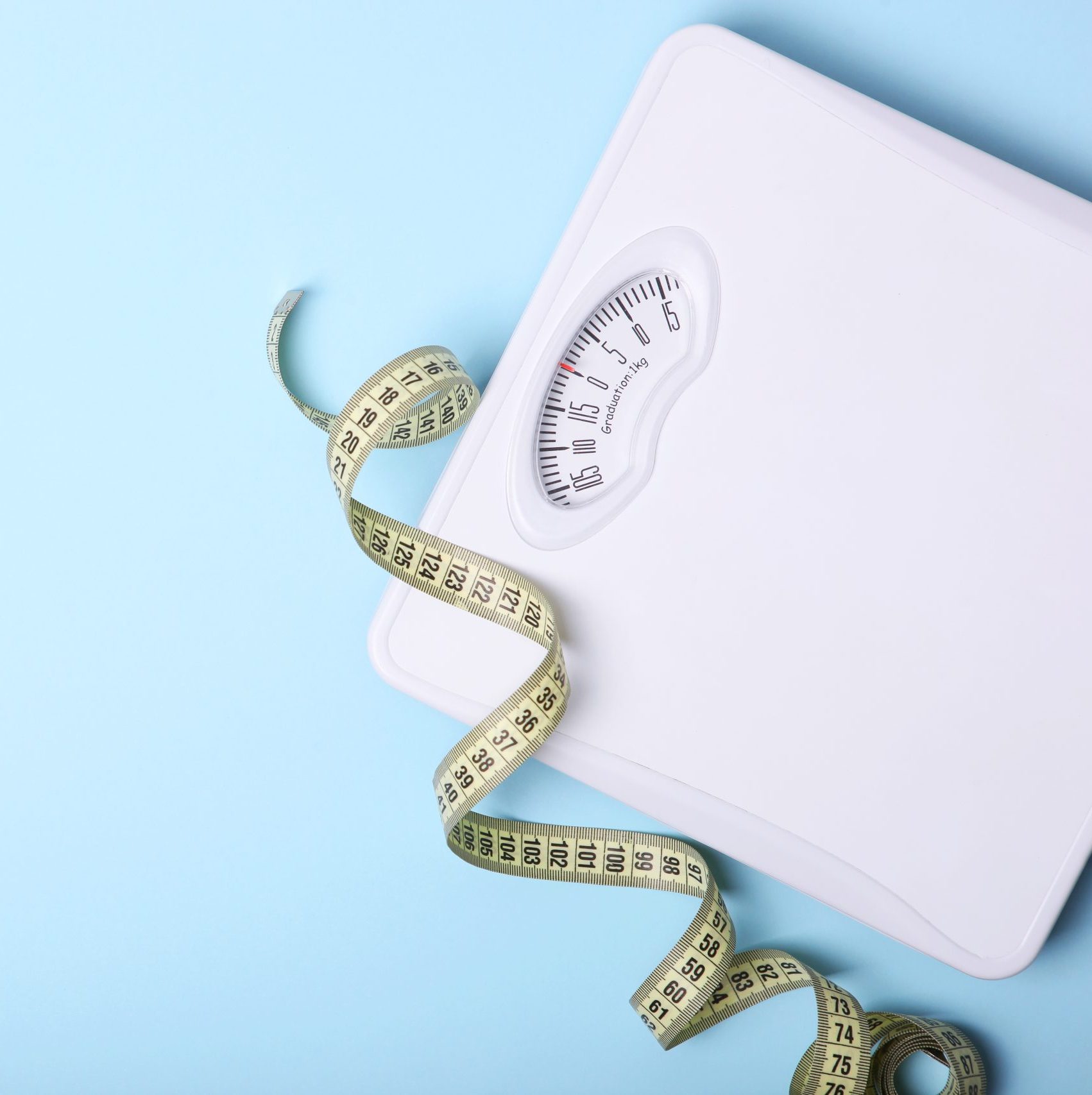All About Eggs
Solar Eggs & Industry Updates

Not All Eggs are the Same - Buying Local Matters - 21 August 2025
Recently, we’ve seen an increase in egg supply across South Australia, with more eggs coming from our Solar Eggs farms as well as the wider industry.
However, at the same time, eggs from the Eastern states are being dumped in SA. Often older stock that hasn’t sold in those markets, which is contributing to oversupply locally. Please keep your eye out for local SA laid eggs.
We want to pause and say thank you. By choosing fresh, South Australian eggs, you’re not only enjoying the best quality, but also supporting local farmers, our people, and the hens we care for every single day.
At Solar Eggs, we continue to invest in our farms, our team, and our hens to ensure the eggs reaching your kitchen are always fresh, nutritious, and proudly South Australian.
Supporting us during this time will make sure we are still here when the next shortage happens and interstate suppliers leave the state.
Thank you for your ongoing support! We appreciate you.

Let’s break it down - 25th March
As you probably know, Australia faced its worst-ever bird flu outbreak last year, wiping out around 2 million hens in NSW, VIC, and ACT, plus another 600,000 hens in VIC this year. That’s about 10% of our nation’s laying hens gone within months. But why does it feel like more than 10% of eggs are missing from supermarket shelves?
👉 Here’s why: Australia’s egg industry relies on a small number of specialist breeders and hatcheries, with one major hatchery supplying a significant portion of the chicks to farms across the country. After millions of hens were lost, demand for day-old chicks surged to unprecedented levels. As we’re sure you can appreciate, you can’t just click your fingers and have day-old chicks appear!
At Solar Eggs, we purchase chicks year-round so we have hens at different stages on our farms, but even we now have empty sheds waiting for chicks. And once they arrive, it takes about 20 weeks before they start laying, with peak production at 25-36 weeks. Right now, the industry is in a massive game of catch-up.
Adding to the challenge:
✅ Aussies are eating more eggs than ever (because… they’re a delicious superfood!)
✅ Many supermarket home-brand eggs came from NSW and VIC, as supply dropped, demand shifted heavily to quality brands like ours.
✅ Ongoing drought conditions have added pressure
✅ Biosecurity, hen welfare, and farm running costs have soared, AND producers are paying new levies to help cover the costs of the bird-flu outbreak.
💛 This is why the egg shortage isn’t over. Rebuilding the industry is going to take time. It’s tough on farmers, hospitality, retailers and consumers. But we’re committed to pushing through, just as we have for generations. Thank you for supporting local producers like us, it truly means the world right now.
🙏 We hope the government listens and works WITH us in the coming months to help rebuild supply and strengthen our industry for the future.
NUTRITION
An average serving of 2 eggs contains:
82%
of your daily vitamin D requirements
50%
of your daily folate requirements
25%
of your daily riboflavin (Vitamin B2) requirements
40%
of your daily selenium requirements
Eggs also contain useful amounts of vitamins A, E, B5, B12, as well as iron, iodine and phosphorus – all vital nutrients in supporting your healthy, balanced diet.

Excellent Quality Protein
Eggs are widely considered to be a valuable source of quality protein. Proteins are the building blocks of life, essential for the strength and repair of muscle and tissue – with one single egg containing about 6.3 grams of protein. The powerful advantage of the protein in eggs links to the fact that eggs contain all nine essential amino acids – in sufficient amounts – to support effective muscle growth, recovery and maintenance. While some other foods contain proportionately more protein than eggs – the high-quality and bio-availability of protein in eggs is truly second to none.
Levels of “Good” Cholesterol
Eggs help increase high-density lipoprotein (HDL) levels – or “good” cholesterol as it’s commonly known – and this is one reason why eggs have been found to have little to no effect on heart disease risk. It's low-density lipoprotein (LDL) – or "bad" cholesterol – that can put heart health at risk. Meals high in saturated fats and trans-fats such as deep-fried takeaway foods are the key culprits when it comes to increased risk levels of LDL cholesterol.


A Great Source Of Vitamin D
Egg yolks are one of a handful of foods that naturally contain vitamin D. And with close to a quarter of all Australian adults suffering from a mild or moderate vitamin D deficiency, the case for eggs is even more potent. A serving of two eggs provides 82% of your recommended daily intake of vitamin D – making them an all-important source of this essential vitamin. Sometimes called the ‘sunshine vitamin’, vitamin D plays an important role in the absorption of calcium and phosphorus – making it essential for the maintenance of healthy bones and teeth. Vitamin D also aids in promoting healthy muscle function and immune system maintenance.
And Help With Weight Management
Relatively low in calories and a rich source of quality protein, eggs are one of the best food options to assist with weight management. The high satiety levels of eggs leads to greater feelings of satisfaction, less hunger and a lower desire to eat later in the day, meaning you’ll be less inclined to reach for that mid-afternoon snack.
Studies have found that eating eggs can make you feel full for longer by:
- Increasing levels of a hormone that helps you feel satisfied after eating
- Keeping energy levels higher
- Boosting metabolic activity
- Delaying the rate at which food leaves the stomach

The Perfect
Boiled Eggs
Ingredients
Eggs
Tap water
Bread for toasting
Salt and pepper
Method
- Take a saucepan and half fill it with cold water from the tap. Gently lower the eggs into the saucepan.
- Place the pan over a medium heat. When the water reaches a simmer, start the timer so you can precisely time the cooking process. If you gently stir the eggs in a clockwise direction, the movement of the water will help centre the yolks.
- Simmer the eggs in the saucepan for the length of time that suits your boiled eggs preference.
a) SOFT BOILED: Simmer the eggs for 4 minutes for runny yolks.
b) MEDIUM BOILED: Simmer the eggs for 5 minutes for semi-firm yolks and hard whites.
c) HARD BOILED: Simmer the eggs for 8 minutes for well cooked, hard boiled eggs. Use a large spoon to remove the eggs from the water.
Cool the eggs by running them under cold tap water for 30-60 seconds or placing them in a bowl of iced water.
Notes
Don’t boil the water too hard: a light simmer is all you need.
If cooking more than two eggs, make sure your eggs fit in the saucepan in a single layer.
Don’t just glance at the clock, set a timer to get consistent boiled eggs every time.
Eggs-pert Tip!
Store your hard boiled eggs in an air-tight container in the refrigerator. Eggshells are porous. Without a protective container eggs can absorb some of the smells and flavours of the fridge.
Baguette Baked
Eggs
This simple, shareable dish features crusty baguette pieces baked to perfection, cradling farm-fresh eggs and a medley of savoury toppings. The result? A delightful combination of crispy, chewy, and creamy textures all in one bite. Infused with herbs and spices, these baked eggs are perfect for brunch gatherings or cosy family breakfasts. Serve them straight from the oven for peak deliciousness.
Ingredients
1 long (50cm) baguette
80g garlic butter, softened
1 cup grated pizza cheese
4 small eggs
¼ cup relish or chilli jam
1 Tbsp dukkha
2 Tbsp chopped flat-leaf parsley or any herbs you like
Method
Preheat the oven to 180°C fan forced. Line a roasting pan with baking paper.
Cut the baguette in half crossways. Use a small, serrated knife to cut two 7cm long sections out of each piece, about 2cm deep. Pull out some of the bread to create a shallow hole, enough to hold the cheese and egg filling. Place the baguettes in a pan.
Brush garlic butter liberally in each hole. Press ¼ cup cheese into each hole including up the sides. Crack 1 egg at a time into a small bowl, then pour one egg into each hole. Repeat with remaining eggs.
Cover securely with a sheet of greased foil. Bake for 25 minutes until whites are almost set, then remove foil and bake for a further 5-7 minutes or until egg whites are cooked through. Remove from the oven tray and cut each piece in half.
Spoon over chilli jam. Sprinkle with dukkha and parsley. Serve.
Notes
Choose large thick baguettes for this recipe as thin French baguettes won’t be thick enough to hold eggs.
Reserve bread that is removed to make breadcrumbs. Freeze them to use for later.
Find dukkah and sweet chilli jam at major supermarkets or where Middle eastern spices are sold.
You can use other relishes such as sweet chilli or tomato relish.
Scrambled Egg
Nachos
Take your nacho game to the next level with this delicious twist by home cook extraordinaire, Camellia Ling Aebischer. Fluffy scrambled eggs meet crispy tortilla chips, fresh salsa, avocado, and melted cheese in a dish that’s perfect for breakfast, lunch, or dinner. Loaded with protein and shining with layers upon layers of colourful, vibrant flavours, these Scrambled Egg Nachos are a crowd-pleaser for busy weeknights or fun weekend gatherings. Dig in and enjoy the ultimate comfort food mash-up!
Ingredients
Eggs and Beans
4 eggs
2 cloves garlic, finely diced
400 g can of blackbeans
2 Tbsp taco seasoning
¼ cup water, as needed
Assembly
1 avocado
1 lime
1 tomato, finely diced
¼ red onion, finely diced
Salt, to taste
Jalapenos, to taste
180 g packet of plain corn chips
1 cup shredded tasty cheese
To serve
½ cup sour cream
¼ cup coriander leaves
1 egg, fried
Method
For the eggs and beans
- Place a large pan over medium heat. Crack the eggs into a medium bowl and season with salt. Whisk lightly with a fork. Add a little neutral oil to the pan, then add the eggs and scramble. Remove and set aside.
- In the same pan add a little oil and the garlic. Cook until it begins to brown then add the beans, seasoning and a little water. Stir well and cook for about five minutes until heated through and thick. Set aside.
For the toppings
- Mash the avocado and add the juice of half the lime, then season well with salt.
- In a separate bowl, add the tomato, onion and the other half of the lime’s juice, and season well with salt.
- Preheat your oven to 180℃ conventional (160℃ fan-forced).
- Place the corn chips in an even layer on a baking tray, and top with cheese. Bake, grill or microwave these for about 5 minutes to melt the cheese.
- Remove and place half the corn chips on a large serving plate, add half the eggs, half the beans, half the avocado, half the salsa, and some jalapenos. Repeat for a second layer, then add a large dollop of sour cream.
- Place a small pan over medium-high heat, add a little oil and fry an egg.
- Add this to the top of your nacho stack and garnish with coriander leaves.
